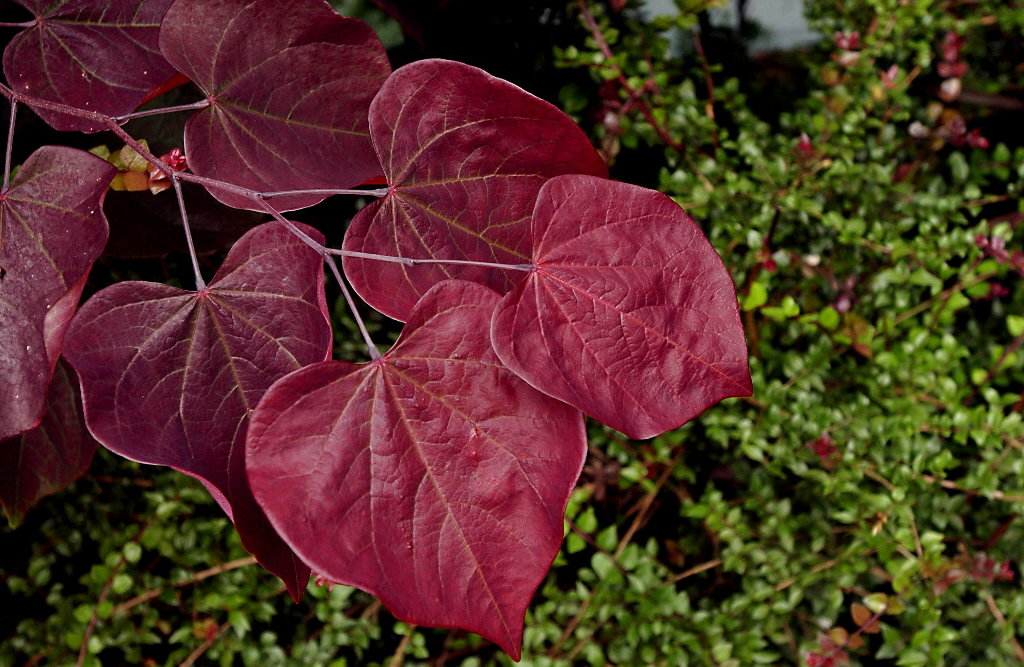Forest Pansy Redbud Tree Problems
The Forest Pansy Redbud tree, with its striking purple leaves and delicate pink flowers, is a beloved addition to many landscapes. However, despite its beauty, this tree is not without its challenges. Forest Pansy Redbud tree problems can range from disease susceptibility to environmental stressors, affecting its health and vitality.
Identifying Common Issues
1. Disease Susceptibility
One of the primary concerns with Forest Pansy Redbud trees is their susceptibility to various diseases. Anthracnose, caused by a fungal pathogen, is a common issue. It manifests as dark, sunken lesions on leaves, leading to defoliation and weakening of the tree over time.
2. Environmental Stress
Environmental stressors can also take a toll on Forest Pansy Redbuds. These trees prefer well-drained soil and partial shade but may struggle in excessively wet or compacted soil. Additionally, they are sensitive to drought conditions, which can cause leaf scorch and overall decline.
3. Insect Infestations
Insect infestations pose another challenge to Forest Pansy Redbud trees. Borers, such as the flat-headed appletree borer, can tunnel into the tree’s trunk and branches, causing damage and potentially leading to tree death if left untreated.
Related Posts:
Solutions and Prevention Strategies
1. Proper Pruning
Regular pruning can help manage Forest Pansy Redbud tree problems by removing diseased or damaged branches and improving airflow within the canopy. It’s essential to use sterilized pruning tools to prevent the spread of disease.
2. Disease Management
For diseases like anthracnose, preventive measures such as fungicidal sprays can be effective. Applying these treatments according to the manufacturer’s instructions can help protect the tree from infection and reduce the severity of symptoms.
3. Environmental Considerations
Addressing environmental stressors is crucial for maintaining the health of Forest Pansy Redbud trees. Ensuring proper soil drainage, avoiding overwatering, and providing adequate mulching can help create an optimal growing environment for these trees.
4. Insect Control
Monitoring for signs of insect infestations and promptly treating affected trees can prevent significant damage. Insecticidal sprays or systemic insecticides may be necessary to control borers and other pests effectively.
Conclusion
While Forest Pansy Redbud trees offer stunning beauty to landscapes, they are not immune to problems. By understanding and addressing common issues such as disease susceptibility, environmental stress, and insect infestations, tree owners can help ensure the health and longevity of these cherished specimens. With proper care and management, Forest Pansy Redbud trees can continue to thrive and delight for years to come.




